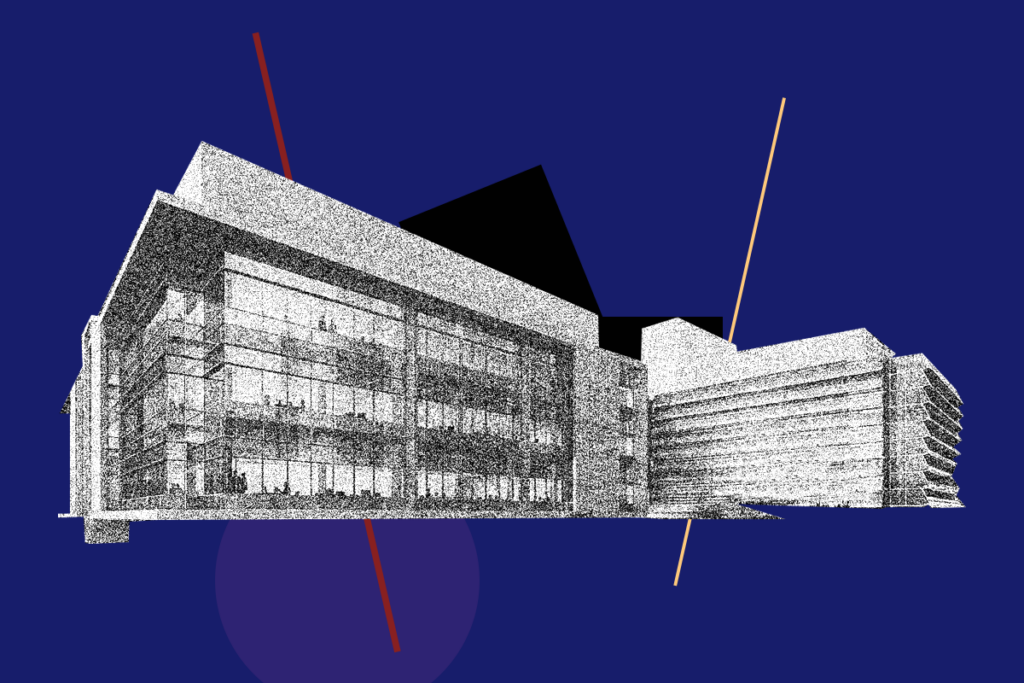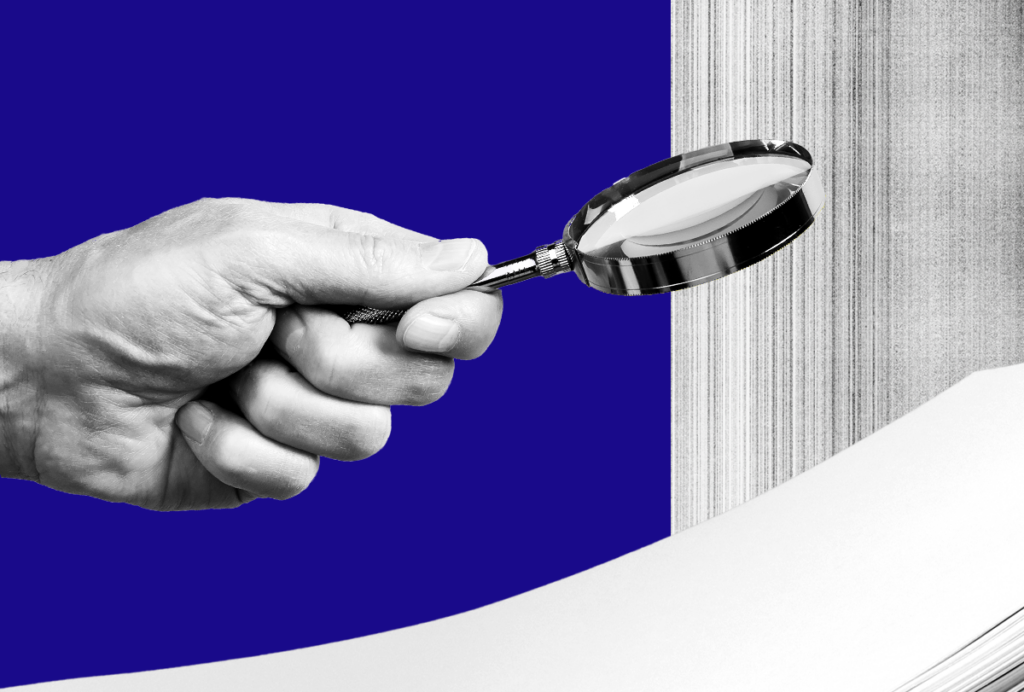SFN 2010
Recent articles
Movement study supports ‘extreme-male brain’ hypothesis
People with autism are slower than controls at interpreting emotions expressed by physical movement, researchers reported Wednesday at the Society for Neuroscience annual meeting in San Diego.

Movement study supports ‘extreme-male brain’ hypothesis
People with autism are slower than controls at interpreting emotions expressed by physical movement, researchers reported Wednesday at the Society for Neuroscience annual meeting in San Diego.
Modeling captures mouse habitat’s effect on neurons
Computerized three-dimensional modeling shows nerve cell abnormalities in the hippocampus of fragile X mice — and suggests the importance of raising experimental mice in more natural habitats, according to a poster presented Wednesday at the Society for Neuroscience annual meeting in San Diego.

Modeling captures mouse habitat’s effect on neurons
Computerized three-dimensional modeling shows nerve cell abnormalities in the hippocampus of fragile X mice — and suggests the importance of raising experimental mice in more natural habitats, according to a poster presented Wednesday at the Society for Neuroscience annual meeting in San Diego.
Antibiotic proves promising as fragile X treatment
Minocycline, an antibiotic approved to treat various infections including acne, can increase vocalizations and provide long-lasting improvements in anxiety in a fragile X mouse model, according to two posters presented at the Society for Neuroscience annual meeting in San Diego.

Antibiotic proves promising as fragile X treatment
Minocycline, an antibiotic approved to treat various infections including acne, can increase vocalizations and provide long-lasting improvements in anxiety in a fragile X mouse model, according to two posters presented at the Society for Neuroscience annual meeting in San Diego.
Video: Live from the brain, it’s neuron development
Brain cells communicate across complex junctions called synapses, filled with proteins working to bind neurons together. Kurt Haas of the University of British Columbia in Vancouver has developed a method to watch neuron development in the growing tadpole brain.

Video: Live from the brain, it’s neuron development
Brain cells communicate across complex junctions called synapses, filled with proteins working to bind neurons together. Kurt Haas of the University of British Columbia in Vancouver has developed a method to watch neuron development in the growing tadpole brain.
Mouse model hints at Alzheimer’s therapies for fragile X
Lowering the levels of proteins associated with Alzheimer’s disease can improve symptoms of fragile X syndrome in mice, according to a poster presented Wednesday at the Society for Neuroscience annual meeting in San Diego.

Mouse model hints at Alzheimer’s therapies for fragile X
Lowering the levels of proteins associated with Alzheimer’s disease can improve symptoms of fragile X syndrome in mice, according to a poster presented Wednesday at the Society for Neuroscience annual meeting in San Diego.
Congressman Kennedy calls for neuroscience ‘moonshot’
Sharing stories about his own family’s struggles with neurological disease, Patrick J. Kennedy, a Democratic Congressman, on Monday called for a focused national program to uncover the causes and treatments for brain disorders. The challenge today, he told SFARI, is to devote enough resources for research on disorders such as autism.

Congressman Kennedy calls for neuroscience ‘moonshot’
Sharing stories about his own family’s struggles with neurological disease, Patrick J. Kennedy, a Democratic Congressman, on Monday called for a focused national program to uncover the causes and treatments for brain disorders. The challenge today, he told SFARI, is to devote enough resources for research on disorders such as autism.
Video: Why make neurons from children with autism?
Ricardo Dolmetsch is making neurons from induced pluripotent stem cells derived from people with Timothy syndrome, a rare single-gene disorder that causes heart arrhythmias and autism. On Wednesday morning at the Society for Neuroscience annual meeting in San Diego, Dolmetsch talked to SFARI about how this approach could help autism research.

Video: Why make neurons from children with autism?
Ricardo Dolmetsch is making neurons from induced pluripotent stem cells derived from people with Timothy syndrome, a rare single-gene disorder that causes heart arrhythmias and autism. On Wednesday morning at the Society for Neuroscience annual meeting in San Diego, Dolmetsch talked to SFARI about how this approach could help autism research.
Potential biomarker found in urine of children with autism
Young children with autism have high urine levels of a compound that is likely to be a product of gut bacteria, according to a poster presented Tuesday at the Society for Neuroscience annual meeting in San Diego.

Potential biomarker found in urine of children with autism
Young children with autism have high urine levels of a compound that is likely to be a product of gut bacteria, according to a poster presented Tuesday at the Society for Neuroscience annual meeting in San Diego.
Immune protein alters development in young mice
Pregnant mice injected with the immune protein interleukin-6 give birth to pups that are less social than normal, an effect that results from the over-activation of two pathways critical in neurodevelopment, researchers reported Tuesday at the Society for Neuroscience annual meeting in San Diego.

Immune protein alters development in young mice
Pregnant mice injected with the immune protein interleukin-6 give birth to pups that are less social than normal, an effect that results from the over-activation of two pathways critical in neurodevelopment, researchers reported Tuesday at the Society for Neuroscience annual meeting in San Diego.
Video: Mining genes from whole genomes
Rapid advances in DNA sequencing technology are enabling researchers to comb quickly — and ever more cheaply — through whole genomes. At the Society for Neuroscience annual meeting in San Diego, Evan Eichler talked to SFARI about what the rapid accumulation of genetic sequence information means for autism research.

Video: Mining genes from whole genomes
Rapid advances in DNA sequencing technology are enabling researchers to comb quickly — and ever more cheaply — through whole genomes. At the Society for Neuroscience annual meeting in San Diego, Evan Eichler talked to SFARI about what the rapid accumulation of genetic sequence information means for autism research.
Explore more from The Transmitter
PTEN problems underscore autism connection to excess brain fluid
Damaging variants in the autism-linked gene cause congenital hydrocephalus—a buildup of cerebrospinal fluid in the brain—by turbocharging a downstream signaling pathway that promotes the growth of cells, according to a new study.

PTEN problems underscore autism connection to excess brain fluid
Damaging variants in the autism-linked gene cause congenital hydrocephalus—a buildup of cerebrospinal fluid in the brain—by turbocharging a downstream signaling pathway that promotes the growth of cells, according to a new study.
U.S. health agency purge includes 10 lab heads at National Institute of Neurological Disorders and Stroke
The reasons for selecting these researchers—who have led work on neuronal migration, dopamine receptors in neuronal signaling and the structure of ion channels, among other areas—remain unclear.

U.S. health agency purge includes 10 lab heads at National Institute of Neurological Disorders and Stroke
The reasons for selecting these researchers—who have led work on neuronal migration, dopamine receptors in neuronal signaling and the structure of ion channels, among other areas—remain unclear.
Five things to know if your federal grant is terminated
If you want to appeal the decision, know the rules that govern terminations, as well as the specific rationale given in your notice, science policy experts say.

Five things to know if your federal grant is terminated
If you want to appeal the decision, know the rules that govern terminations, as well as the specific rationale given in your notice, science policy experts say.